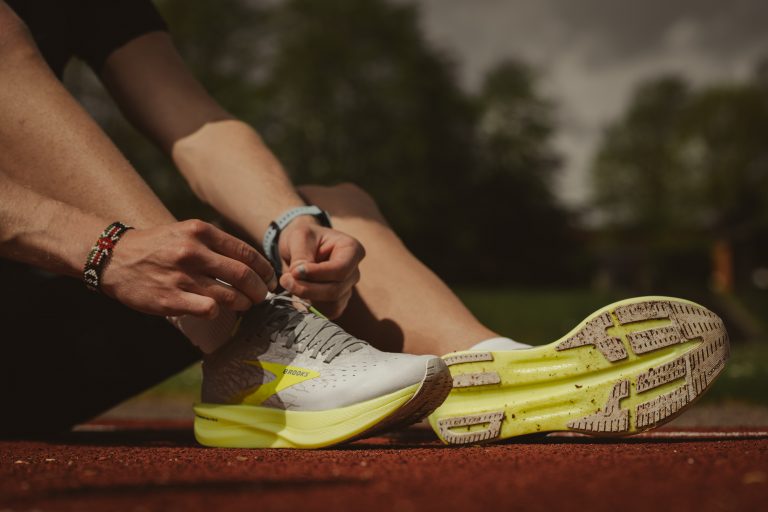Wearing foot orthotics is far from a hindrance for an athlete. Custom-made insoles are actually useful in a variety of ways, not just in terms of injury prevention but also in terms of performance enhancement. If you are sporty, custom-made foot orthotics are better and advantageous regardless of the frequency or severity of your physical activity. Take a look at how they may help you.
Foot orthoses are beneficial no matter what sport you play
Regular exercise is a good habit, according to all health experts. However, this might sometimes imply competing at a high level or, more typically, succumbing to an insatiable desire. As a result, it is likely that foot injuries are more common, that pain develops, or that the lower limbs deteriorate prematurely. Is it the end of the game then?
Not at all, because today’s sophisticated insoles are available for both experienced and amateur sportsmen! Some people may even be able to enhance their performance. Each of us has our own habits, equipment, and morphology… When there is not a loss of efficiency in the action, this can result in perfectible support on the ground or a pronation, which can cause discomfort and even irritation.
A podiatrist’s prescription for custom-made foot orthotics helps to improve the mechanical stability of the body. These custom-made insoles have a positive impact on sports practice in the sense that they reduce muscular fatigue, increase kinetic fluidity (especially in the rolling of the foot), limit potential energy loss in the thrust, and better absorb each hit of the feet on the ground, particularly at the level of the arch and heel.
Athletes and foot orthotics: preventing the inevitable
We “run the danger” of damaging our feet more or less significantly if we jog often, and play soccer, tennis, or basketball. Achilles tendonitis, plantar fasciitis, stress fractures, metatarsalgia, osteoarthritis, and other pathologies are widespread in these activities. Are they, nevertheless, unavoidable?
In sports medicine, we must be cautious; preventing injuries is never guaranteed. Athletes who use plantar orthotics, on the other hand, have a far greater chance of avoiding them, and if they have already been injured or have an anatomical irregularity, they will be able to resume their activities much faster. Why is this the case? Because these technological insoles are 100 percent custom-made, recommended by a podiatrist, and designed to improve or rectify the foot’s ground support:
They force it to change its position; they support it in the event of a certain muscle weakness or distortion (arch, for example); and they compensate for hypersupination or hyperpronation, among other things.
Using foot orthotics as a healthy habit
Plantar orthoses can instantly provide relief to an athlete who already suffers from foot soreness or discomfort in the feet, albeit using them needs some adaption. Because the support points in the shoe are no longer identical, certain stresses may be eased while others arise momentarily. This is also common when an active individual begins to use orthopedic insoles as a preventative precaution. Due to changes in posture, movement, and stride, new pressures (particularly beneath the arch of the foot) are frequently felt within the first few days. Even after a sports session, stiffness might be present.
The rule to follow to prevent these “irritants” is to proceed slowly. This means that athletes should progressively include foot orthotics into their training, rather than doing it in a competitive context. After a few days, progressively increasing the daily wear time by an hour, it will be possible to use them without difficulty during mild athletic activities. If you experience any pain or discomfort, you should see a podiatrist right away. The latter will assess the situation and may recommend particular activities, as well as inspect and fix the fit of the foot orthosis, allowing for better adaptation to sports orthotics.
Talaria orthotics: your podiatrist will support this
An athlete can usually begin to reap the benefits of foot orthotics after a month of progressive adaption. The emphasis of Talaria, a manufacturer of technological orthotics, is on material performance (memory, shock absorption, and lightness) as well as dimensional perfection (digital foot capture technology, 3D printing, etc.). This corresponds to healthier, less-wearing lower-limb kinetics and, potentially, greater performance for the athlete. Consult your podiatrist to discover what would be a good fit for your particular sport.
